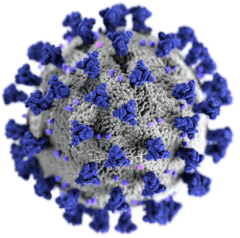
Production of Sand Polymer
Sand Polymer
Wastes generally render our environment unfriendly and the worst of them all are
those wastes that are non-biodegradable.
Polythene unlike paper bags do not
undergo degradation because of their chemical nature but paper products are
biological in nature.
The non-biodegradable synthetic polyethylene (polythene),
which does not decay, decompose or corrode, and which when burnt, produces
oxides of carbon, nitrogen and Sulphur which can harm man and the environment.
01.
Non-biodegradable
Wastes of these forms (non-biodegradable) pose a serious threat to our
environment through the blockage of drains, suffocating some animal life who
accidentally take them as food, grounds impermeable to water and several other
hazards. Generally, pollution affects not only the polluters but also the non-
polluters, that is, it has external effects (externality) on those who are not
responsible for the pollution. This is because burning the packaging lowers the
quality of the air that both the consumers and non-consumers breathe in, gives off
stench, and causes harm through the release of toxic gases and smoke.

02.
Shredded Plastics
The project is aimed at the recycling of water sachet for the production sand polymer interlocks
as it is the largest source of wastes polythene in the environment.

03.
Air Transmission
The need then arises for finding a safe means of converting these plastic waste
products into other useful and harmless items.
The method adopted involves the
polythene bags were collected from trenches, drainages, streets, dump sites and
from eateries around the Coast of Ghana Capital, Accra. These were sorted and
washed before the Shredding Process was carried. Melting of the Shredded
Plastics, sand was introduced and poured into a mold for solidification.

04.
Sand Polymer Interlock
Ultrices egestas turpis auctor egestas pulvinar ultrices neque dolor sit feugiat odio eu nibh iaculis diam a nisi diam ultrices.
It could
be shown from the crushing test that the cement interlock fails under slight
heavier loads of 40KN as comparable to the 105kN failure load of the sand
polymer interlock. However, the water absorption test has no effect on the sand
polymer interlock. Hence, the performances of the sand polymer interlock that
it has high ductility than that of the commercial cement interlock appear a
reasonably good substitute at more reasonable rate.


